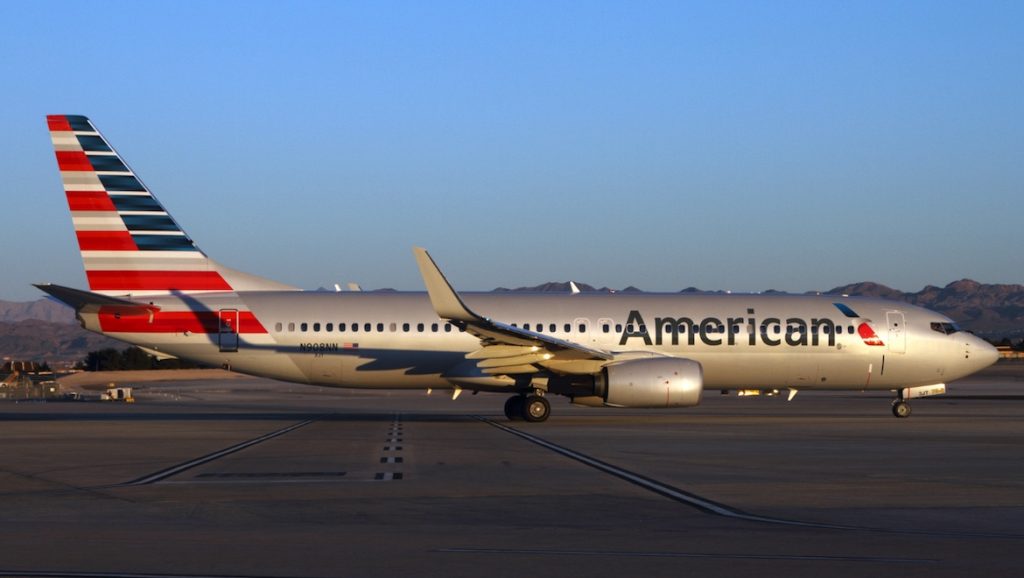
Industry regulators, insurers and analysts have warned airlines of the potential risks when reactivating aircraft and staff following months of subdued demand that left workforces and fleets both grounded.
Specifically, concerns have been raised regarding errors in aircraft due to an extended period of time without use, unperformed maintenance, or even insect nests built within a plane’s mechanisms, potentially even blocking sensors.
Airlines are apparently already seeing an uptick in aircraft issues as they slowly increase capacity and return grounded planes back to service.
According to the European Union Aviation Safety Agency (EASA), there is now an “alarming trend” of aircraft providing unreliable airspeed and altitude readings during the first flight after prolonged storage.
In some cases, take-offs have had to be abandoned or the aircraft has had to return to base due to these unreliable readings.
The trend is highly concerning in light of the fact that two-thirds of the world’s fleet were, at one point, entirely grounded due to the COVID-19 pandemic.
In most cases, the problem was traced back to undetected insect nests inside the aircraft’s pitot tubes, pressure-sensitive sensors that feed key data to an avionics computer, according to the EASA.
In June, a Wizz Air jet halted take-off after the captain found the airspeed was reading zero, after being parked for 12 weeks.
Examination of the plane ultimately found that the faulty reading was caused by the presence of insect larvae in one of the pitot tubes, according to the UK Air Accidents Investigation Branch.
The discovery was particularly alarming in light of the fact that the same issues, insects blocking a pitot tube, was found as the catalyst for a 1996 crash of a chartered Birgenair plane in the Dominican Republic, which killed all 189 people on board.
However, insects finding a new home inside aircraft aren’t the only concern.
There have already been some reports of aircraft that now need to undergo extensive checks prior to being flown commercially, due to concerns raised about the effect of prolonged storage.
In July, the US Federal Aviation Administration (FAA) issued an emergency airworthiness directive for Boeing 737 aircraft, warning of potential corrosion issues on planes that have been parked amid the COVID-19 pandemic, which could lead to a dual engine failure.
Following “four recent reports” of single-engine shutdowns on 737 aircraft, investigators reportedly found that the aeroplane’s “engine bleed air fifth stage check” valves had the tendency to stick in the open position, ultimately resulting in an unrecoverable compressor stall and the inability to restart the engine.
This fault was reported to be as a result of corrosion, caused by the plane remaining grounded for a period of seven or more straight days, particularly concerning to the regulator in light of the sheer number of parked planes due to the COVID-19 pandemic.
The airworthiness directive also noted that corrosion of this kind on the valves of both engines could result in a “dual-engine power loss without the ability to restart”.
Meanwhile, in November, the EASA said that some issues that may be found in aircraft after prolonged parking included an engine shutdown in flight after technical problems, fuel system contamination, reduced parking brake pressure and emergency batteries losing their charge.
Meanwhile, Kate Seaton, a Singapore-based aerospace partner at law firm HFW, said that flight crews should be on high alert about potential defects that might not have been identified properly as planes return to service.
“We are in new territory – the industry must take steps to mitigate the risks but need to be prepared for the unexpected,” she said.
Another issue of concern as the industry ramps back up its operations is potential pilot rustiness, after similarly being stood down and out of action for months amid the pandemic.
“We’ve got people returning to work who are quite rusty, which is a big issue,” Gary Moran, head of Asia aviation at insurance brokerage Aon, said.
According to the International Air Transport Association, there has already been a sharp rise in the number of “unstabilised” or otherwise poorly handled approaches seen this year.
Such instances can result in hard landings, runway overshoots, or even crashes, and threaten both the aircraft and the people within it.
In once instance back in September, a Lion Air flight carrying 307 passengers and 11 crew veered off the runway shortly after landing in Medan, sparking investigation by Indonesia’s transport safety regulator.
The investigation found that the pilot had flown fewer than three hours in total within the previous 90 days, and the first officer had not flown at all since 1 February. Luckily, no one was injured in the runway incident.
Based off such concerns, insurers are now questioning airlines over their current processes for pilot training following long stand-down periods, with a particular focus on landings, according to Moran.
“They want to know about the circumstances of the training,” he said.
Airlines have reportedly developed training programs for pilots re-entering service ranging from theory refreshers to multiple simulator sessions and supervised in-flight checks, depending on the length of absence.
According to International Federation of Air Line Pilots’ Associations representative Peter Meiresonne, it is also up to the pilots themselves to make an ‘honest assessment’ of their skills and confidence upon re-entering the workforce.
He added that pilots may need to turn down offers like shorter landing approaches from air traffic control, if they do not feel ready to complete such tasks.
“Maybe now is a good time to say, ‘We are not able today’ or ‘Give us a six- or 10-mile lineup rather than a four-mile lineup’, which you might accept when you are more proficient and (flight experience is) more recent,” he said.











